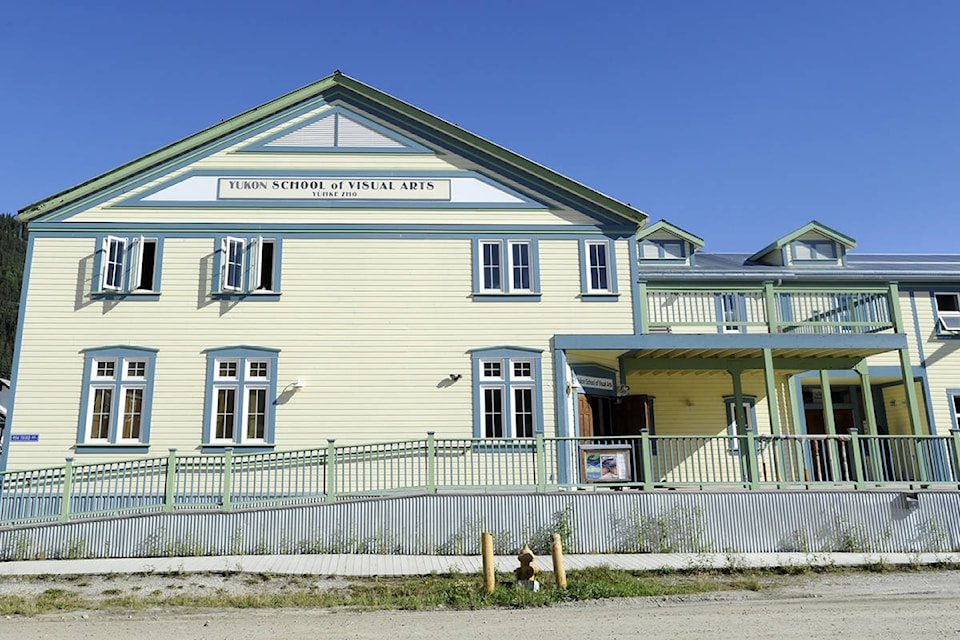The Yukon School of Visual Arts will have a class of students this September, while work on a program review aimed at improving the school’s future is expected to start this fall.
Yukon’s education minister, Tracy-Anne McPhee, confirmed the school in Dawson City will run this year after initial concerns that there weren’t enough students enrolled to make it viable.
The school’s governance council, made up of representatives from Yukon College, the Tr’ondëk Hwëch’in First Nation and the Klondike Institute of Art and Culture, decided that six students was the minimum the program needed to run, said Yukon College’s vice president, academic, Deb Bartlette.
Six are enrolled to take classes but Bartlette couldn’t say how many of them will be full-time students.
“People register for the program and then they register for individual courses. We don’t know yet (how many courses students will register for.)”
She also wouldn’t say where the students were coming from, citing privacy concerns. The “majority” of students are from the Yukon, she said.
Enrolment could increase. The school has extended its deadline until Sept. 8.
SOVA, which allows students to complete the first year of a fine arts degree, made news last month when the minister confirmed that low enrolment could have put the school’s year at risk.
At the time only four students had enrolled. McPhee said those students were full-time.
Enrolment in SOVA has been declining. When the school opened in 2007 there were 22 students. Last year there were 11.
The governance council plans to bring in an independent reviewer from Outside to make recommendations on how to improve the school.
Bartlette said program reviews are common in post-secondary schools and SOVA was scheduled for a review in the next year or two.
“Anytime program numbers are maybe dropping or not as strong, it warrants stepping back and just looking at everything around a program.”
The reviewer, who will likely come from another arts school, will look at the curriculum and typically talk to current and past students, she said.
They’ll look at how the school recruits students and student satisfaction.
Enrolment in fine arts schools across Canada has declined in the last few years, Bartlette said.
“Which is all the more reason to have a look at your program and make sure that you are contemporary and keeping up to date and at the same time not wanting to be like everyone else.”
SOVA is funded primarily through the advanced education branch of the Department of Education. Last year more than $500,000 of the school’s $550,000 in revenue came from the Yukon government.
Bartlette said the government money is not linked to the number of students enrolled in the program.
“It’s not based on numbers. Just as with our other programs there’s typically a maximum number of students and we receive funding for the program. Then we aim to fill up the seats.”
A full SOVA program would have 20 students, she said, though 15 would be considered “a good number.”
With only six people confirmed in this year’s class, McPhee said the prudence of spending half-a-million-dollars is “certainly a concern of mine.”
But she stopped short of saying whether or not she agreed with the decision by the governance council to run the program this year. That’s “not for me to say,” she said.
“I support the college 100 per cent in their decision to go forward and to figure out how SOVA can be the best possible program it should be.”
Barlette also avoided the question of whether this is a good use of money.
“We receive funding for a program and we’re running the program based on discussions of what a minimum number would be to make the program viable,” she said.
“That’s what we’ve done and I don’t really have any further comment.”
Contact Ashley Joannou at ashleyj@yukon-news.com
